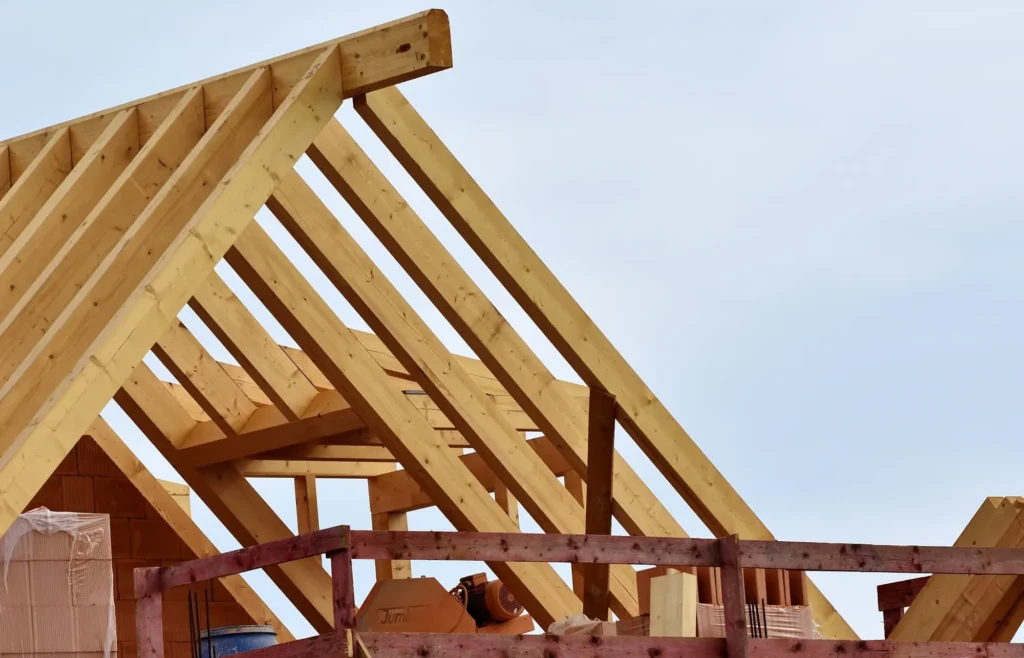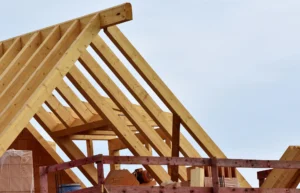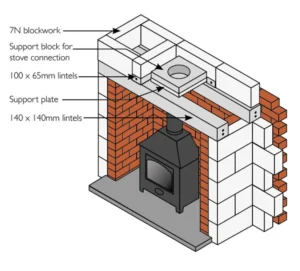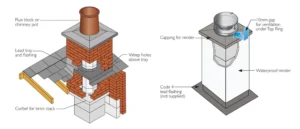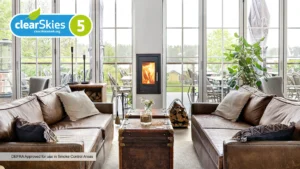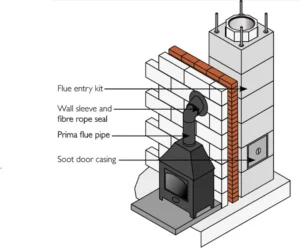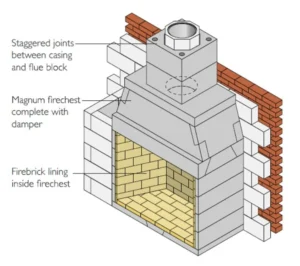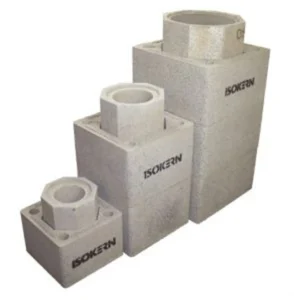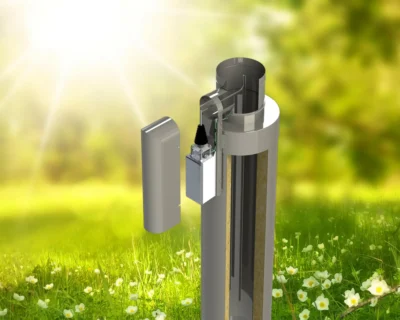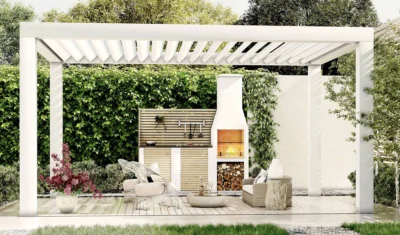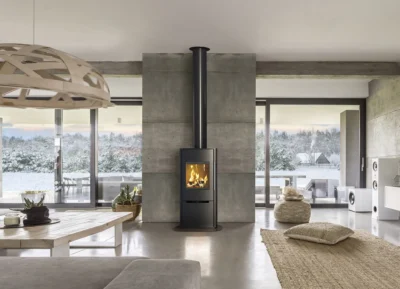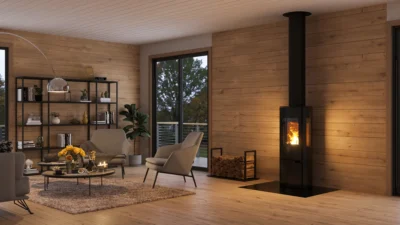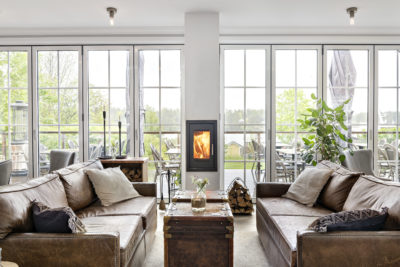Avoiding gas reliance when building a new house:
Traditional self-build projects have always had heating systems such as gas central heating and solar panels installed.
However, with the increasing costs of gas, and the uncertainty of future supplies, a secondary heating source is required.
Wood logs are now the cheapest domestic heating fuel. According to the Stove Industry Alliance, wood now is “costing households 74% less per kWh than electric heating and 21% less than gas heating”. The benefits don’t end there. “Using a modern wood burning stove also costs 29% less to run than an air source heat pump. Wood logs are 87% less carbon intensive than gas, 88% less than electricity and 74% less than an air source heat pump.”
Building a traditional steel pipe flue system is always an option, but steel systems are more suitable in retrofit projects where minimum disruption is required.
Pumice blocks are one of the easiest ways to add a lifetime secure chimney system using natural sources. Pumice is formed from volcanic lava, so the process to form them into blocks means no additional materials are needed; it’s all natural. They are not heavy either, as pumice contains natural air bubbles.
Pumice blocks are square blocks in three diameters and simply slot on top of each other with minimal build construction required. Because the footprint is small, it’s easy to specify within an architect build
The outer and inner blocks are laid at the same time but with staggered joints for safety and stability. The double layer of pumice separated by an air gap maximises the chimney insulation.
The design of the system maintains flue gas temperatures while preventing heat transference to the outer casing.
The separation of the inner and outer components allows for thermal movement, reducing the risk of cracking and subsequent leaking or staining.
































































































